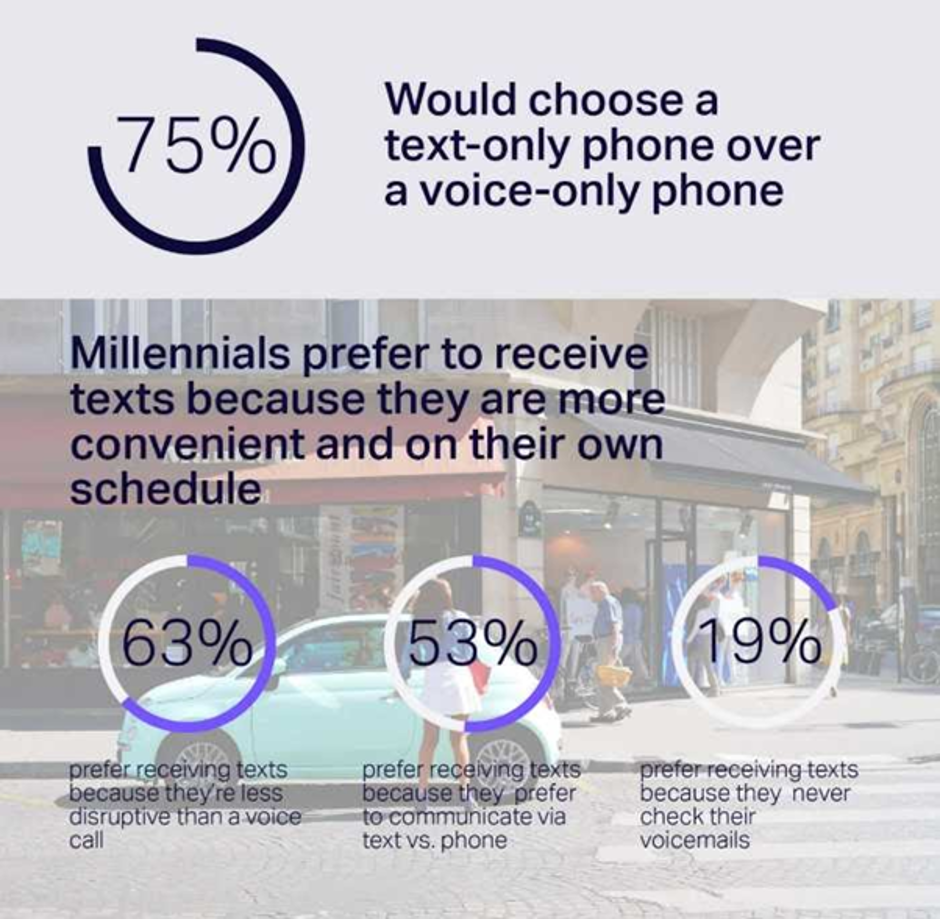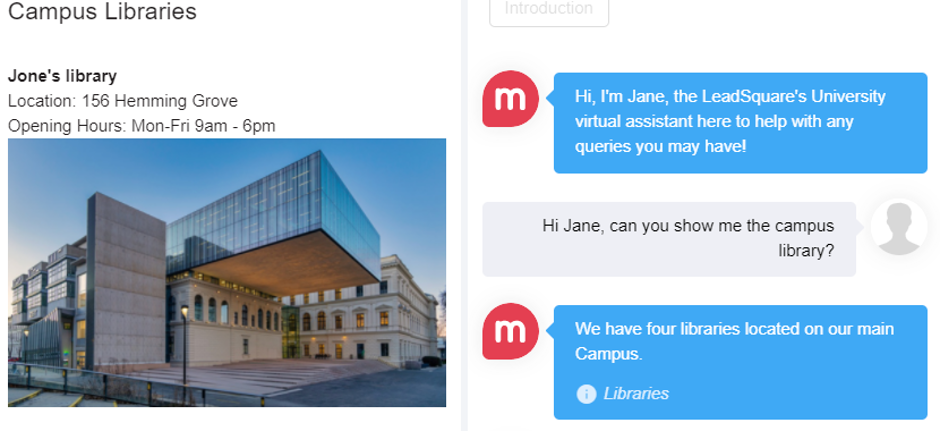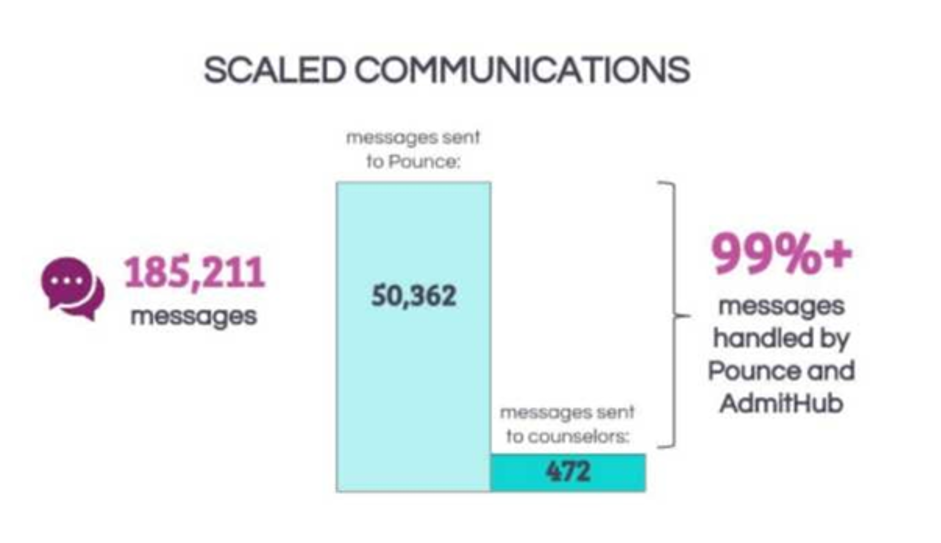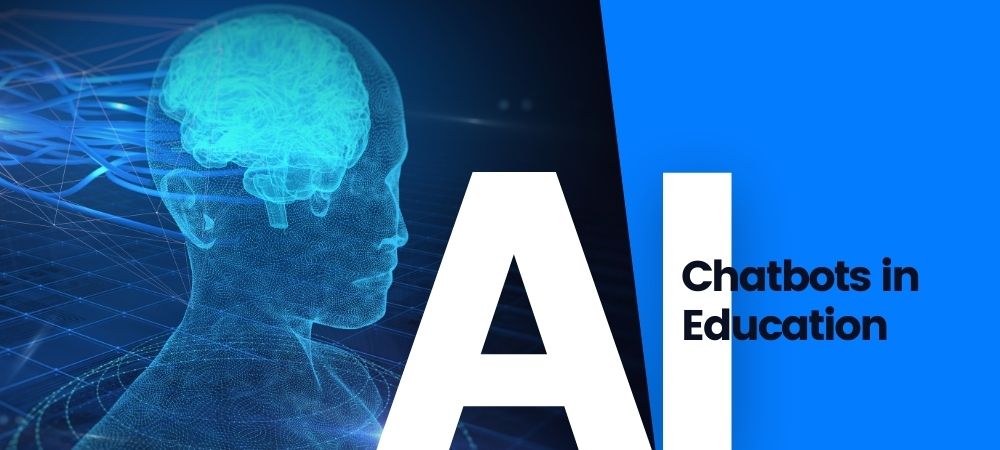When zoomers have questions they expect answers—instantly. Missing an inquiry from a prospective student aiming to earn a 4-year degree can mean losing $20,000 to $60,000.
Chatbots, AI chatbots specifically, have proven to boost student enrollment and increase retention rates.
Let’s dive into how chatbots are used, why you need them, and three steps to implementing an AI chatbot strategy to best serve your college.
What are conversational AI chatbots?
Conversational artificial intelligence (CAI) chatbots are chat-based systems that use machine learning and natural language processing to communicate with users. CAI is different from the usual chatbot which allows only for rigid, pre-programmed chat responses.
- CAI chatbots can have dynamic and nuanced conversations with students. They can “learn” from the conversations.
- CAI chatbots engage in a conversation through web-assisted and voice channels but also use other interfaces such as instant messaging.
- The goal of the CAI chatbot is to have a natural, two-way conversation where users’ queries are understood and answered correctly.
Why does higher education now need AI chatbots?
As digital natives, millennials and Gen Zs make-up the demographics for higher education today. To no one’s surprise, their affinity for technology has led to a 75% preference for text messaging over voice call.

Research conducted by InsideSales, featuring data from the Harvard Business Review, found a five-minute delay in getting a response can result in a 10X increase in drop-off rate.
Through asynchronous conversations, AI-enabled chatbots interact with students in a way that can often be more helpful than conversing with a human.

The AI chatbot detects text and visual cues from queries and can respond by providing image and video slideouts, such as displaying life on-campus life or images of your school’s campus. (Image source: Meshassist.com)
Most importantly, responses are instant, contextual, and available 24/7.
AI chatbots can:
- Facilitate more productive work environment for faculties
By providing chatbots to answer routine questions, your staff has more time to handle other tasks requiring human engagement. - Reduce support costs
By spending less time engaging with routine questions, your staff can assist in other areas and thus, lower support costs. - Reduce student anxiety
By having chatbot services available 24/7, your students will experience less stress and anxiety because queries on admission and financial aid are answered instantly. - Provide a contextual and personalized experience
Students will have a more meaningful experience because data is drawn from communications sources, such as previous email and phone conversations, - Collect data at scale
By identifying the volume and gaps of queries and content students ask for, your institution can pinpoint what needs to be improved and make data-driven decisions.
3 steps to implementing an AI chatbot strategy for your institution
A revolutionary technology in artificial intelligence, the CAI chatbot is quickly becoming mainstream in higher education. As chatbot adoption increases, more and more institutions will be able to reap the benefits of chatbot use for internal administrative tasks to improve staff productivity and help students in a timely manner.
Here are the three steps to develop and implement your AI chatbot strategy:
1. Recognize your operation inefficiencies
Some of the most common inefficiencies educational institutions face include:
- Queries from students are left unanswered or answered in an untimely manner due to limited call hours.
- Student engagement decreases simply due to the friction in contact options.
- Answering common question drives-up the the costs of admininstrative staff.
- Students experience anxiety when waiting on answers for things such as timetables, admission processes, and financial aid.
2. Define your desired outcomes
Once it’s clear where your inefficiencies lie, you can start to develop a strategy by defining your goals. Your strategy and the ways chatbots can be used should be developed collaboratively among departments, with close attention to the needs of students, faculty members, administrative staff, and other stakeholders such as alumni or donors/sponsors.
Desired outcomes for using chatbots may be:
- Improve the student experience by having their questions answered in real-time.
- Engage with students by drawing from retained conversations or data.
3. Manage and automate your data effectively
As the maxim goes, you can only manage what you measure.
Chatbots should be integrated into centralized student information software to truly deliver the best student engagement. By having all student data, progress and activities logged within CRMs, such as LeadSquared, it becomes easier to measure the impact of chatbot use on student acquisition and engagement. It also allows for counselors to connect with applicants and students at the right time when a chatbot cannot help.
Additionally, chatbots can be used to automate tasks in the admission process. Certain events can be created in a system to automatically trigger a sequence of events—saving you time and money.
As an example, prospective students entering their email to request specific information may receive follow-up emails on specific course events, related newsletters, and information to help them with enrollment. These automated follow-ups allow your institution to nurture any student leads, as a business sales funnel would.
Compared to generic messages, the highly contextual and personalized information drawn from centralized student information systems will increase response rates.
This integration is key for chatbots to be used as a sustainable service with the least amount of administrative and operational expenses, while still delivering the quality services students, faculty members, and staff can rely on.
AI-enabled chatbot success stories in education
Take a look at the results of a few recent chatbot implementations.
In a randomized control trial, Georgia State University (GSU) deployed the chatbot, Pounce, to assist with administrative processes, and social and career support.
During that period, over 50,000 conversations took place between students and the chatbot. Less than 1% of the conversations needed human intervention. According to the assistant VP of undergraduate admissions at GSU, it would have taken 10 additional staff members to handle the same volume of conversations at a full-time capacity.

After the trial, GSU not only continued using the chatbot but expanded the technology into other initiatives.
California State University, Northridge (CSUN) implemented a chatbot in an effort to bolster retention and increase engagement. The chatbot yielded an impressive return rate of over 30 percent.
One of the key factors for the chatbot’s success includes the power of centralizing data in a single repository. By doing so, not only was the chatbot able to provide a proactive and predictive engagement with students but was also able to connect with them in a highly personalized and contextual way, at scale and in real-time.
It really allowed us to be in touch with tens of thousands of students in a way I don’t think we would have been able to without the bot. It’s been a real lifesaver in that sense.
~ Elizabeth Adams, associate vice president of undergraduate studies, CSUN.
Chatbots have arrived in higher ed
In the wake of COVID, institutions need to be more proactive as admission and retention rates decline.
Used by many industries, the AI-enabled chatbot is now a powerful tool for improving processes in higher education.







